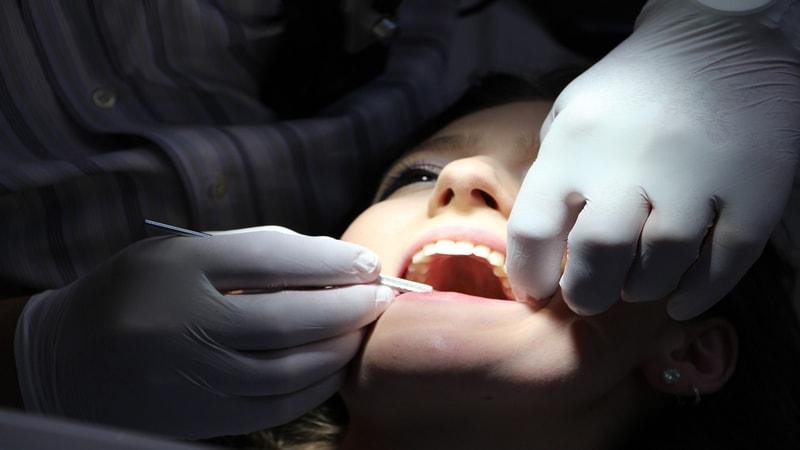
Oral care for the teeth is important for everyone. One should brush twice and floss at least once daily, and schedule a visit with the dentist at least twice per year. One concern that people might have is that their teeth turn a different color and no longer stay white. Why does this occur and is it a serious problem? Read on to know everything there is about discolored teeth.
Ways Teeth Can Lose their Whiteness
Teeth can get discolored and lose their brightness in a number of ways. They are as follows from most to least likely:
Aging – Teeth are bound to lose their whiteness due to each tooth’s mineral structure. This condition is more prevalent when a person gets old.
Food and drink – Teeth can also get discolored simply by eating and drinking certain food items. With bacteria that comes from food items, they can change the color of teeth. Even healthy food items like fruits are known to do this.
Tobacco – Tobacco products are also known to stain parts of the teeth, and also cause fluorosis and other enamel problems. This can cause a tooth to permanently become discolored.
Medications – Some medications can also discolor teeth, but they may or may not list this as a side effect. If you are taking a medication and are concerned about it possibly changing your teeth’s color, find out online if this may be the case. Your family dental in Prince George may instruct you to stop taking the medication.
Methods That You Can Whiten Your Teeth
There are a number of ways in which you can restore your teeth’s brightness. Many of them involve the help of your local dentist with one of his or her procedures. For the best possible procedure for your teeth, the dentist will examine them and consider your dental history, x-rays, and gums and tissue.
Dentists might even use a specialty shade guide to determine the shade of your teeth now and project which shade your teeth may be in after the procedure. Depending on the procedure done, your teeth could be around two to seven shades whiter.
The two most frequent procedures for teeth whitening are accelerated and internal bleaching.
Accelerated bleaching involves a layer of special peroxide gel that is spread over your teeth. For up to 20 minutes, the gel remains in your mouth while the gels get activated with a unique lighting laser that can shorten the whitening process. If the procedure is successful, you can have a set of teeth that look brand new. The problem with accelerated bleaching is that it’s a very costly procedure, and because it is considered a cosmetic treatment, your insurance might not be able to cover it.
Internal bleaching involves bleach that is applied to inside each of your teeth. This is something that happens in the later stages of root canal therapy. These teeth get discolored from the treatment when they fill with blood and other fluids. What a dentist does to whiten the tooth is to drill a hole up to the tooth’s pulp chamber. Next, the gel used in accelerated bleaching will be inserted inside the tooth. The whitening agent is then sealed, which will have to be replaced eventually. While this is mandatory in root canal, this procedure is available to all patients that want long-lasting whitening. The caveat is that this has to be done for each tooth instead of all at once.

